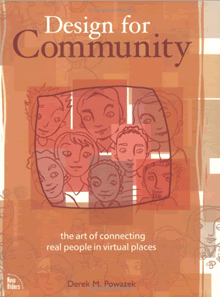October 1st
Jeff Bezos on Amazon’s Personalization Strategy
An oldie but goodie (from a 1998 interview)
“In the online world, businesses have the opportunity to develop very deep relationships with customers, both through accepting preferences of customers and then observing their purchase behavior over time, so that you can get that individualized knowledge of the customer and use that individualized knowledge of the customer to accelerate their discovery process.
If we can do that, then the customers are going to feel a deep loyalty to us, because we know them so well. And if they switch to a competitive website – as long as we never give them a reason to switch, as long as we’re not trying to charge higher prices or providing lousy service, or don’t have the selection that they require; as long as none of those things happen – they’re going to stick with us because they are going to be able to get a personalized service, a customized website that takes into account the years of relationship we’ve built with them.”
It is easy to see how Amazon’s business strategy is manifested in their design decisions…
Continue Reading: Jeff Bezos on Amazon’s Personalization Strategy

